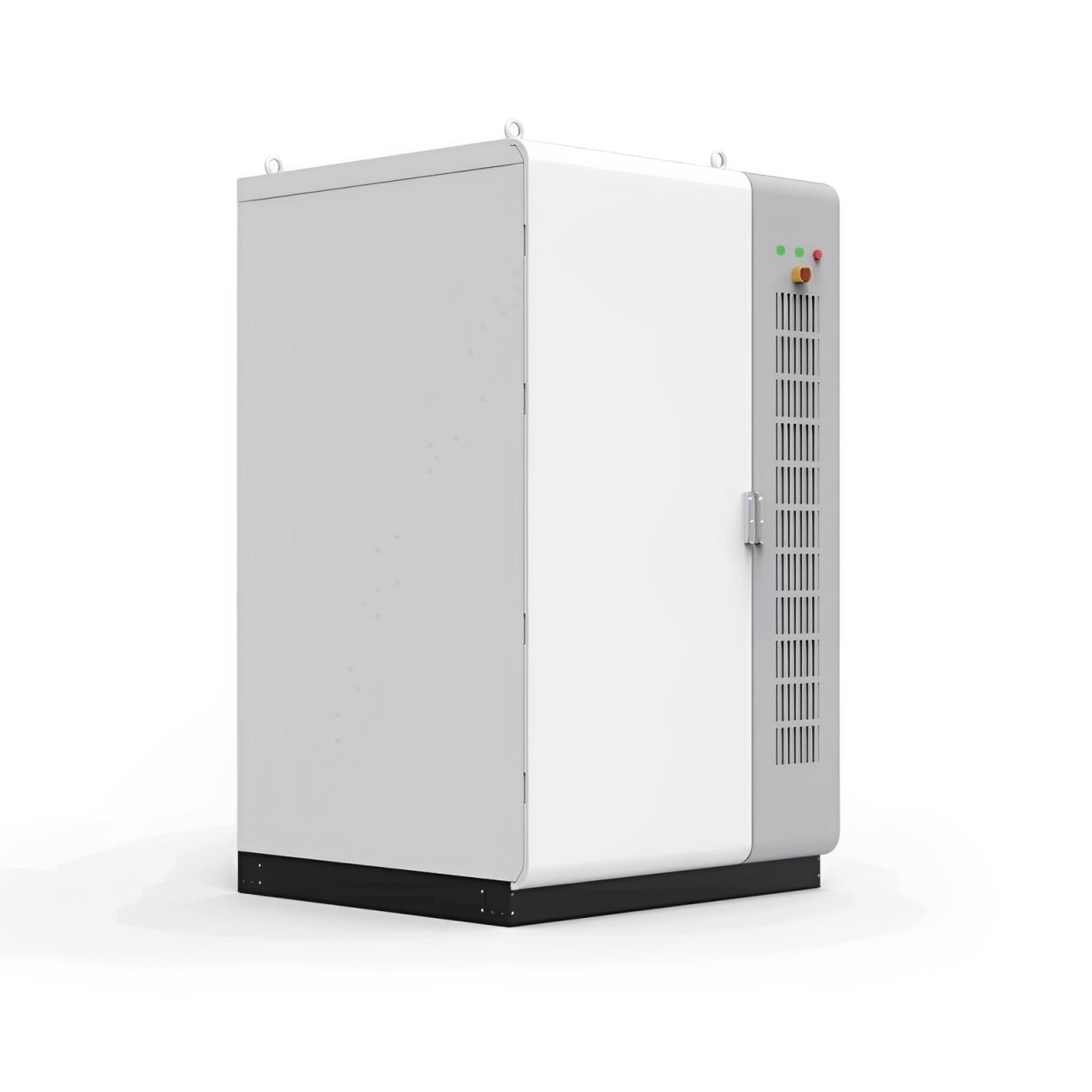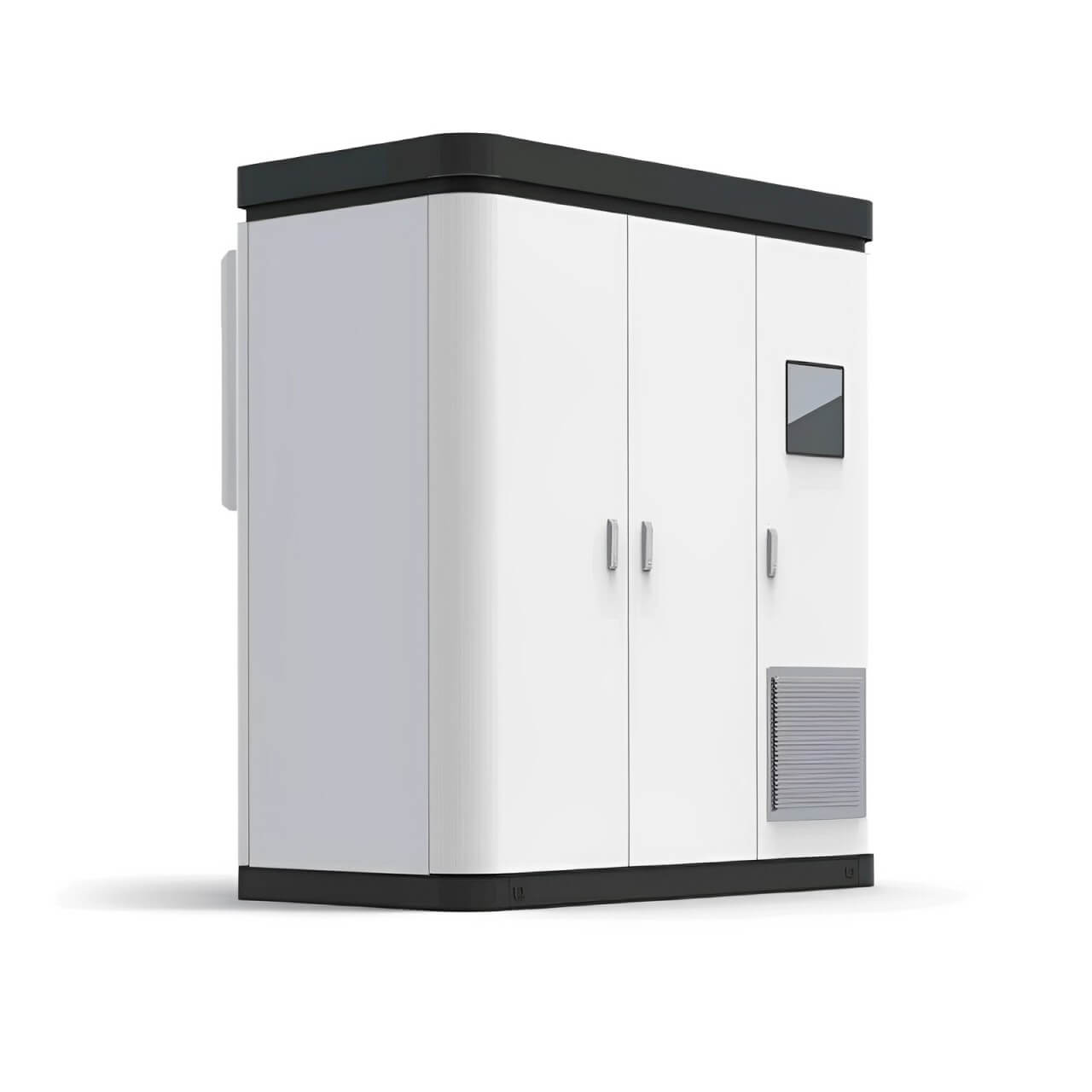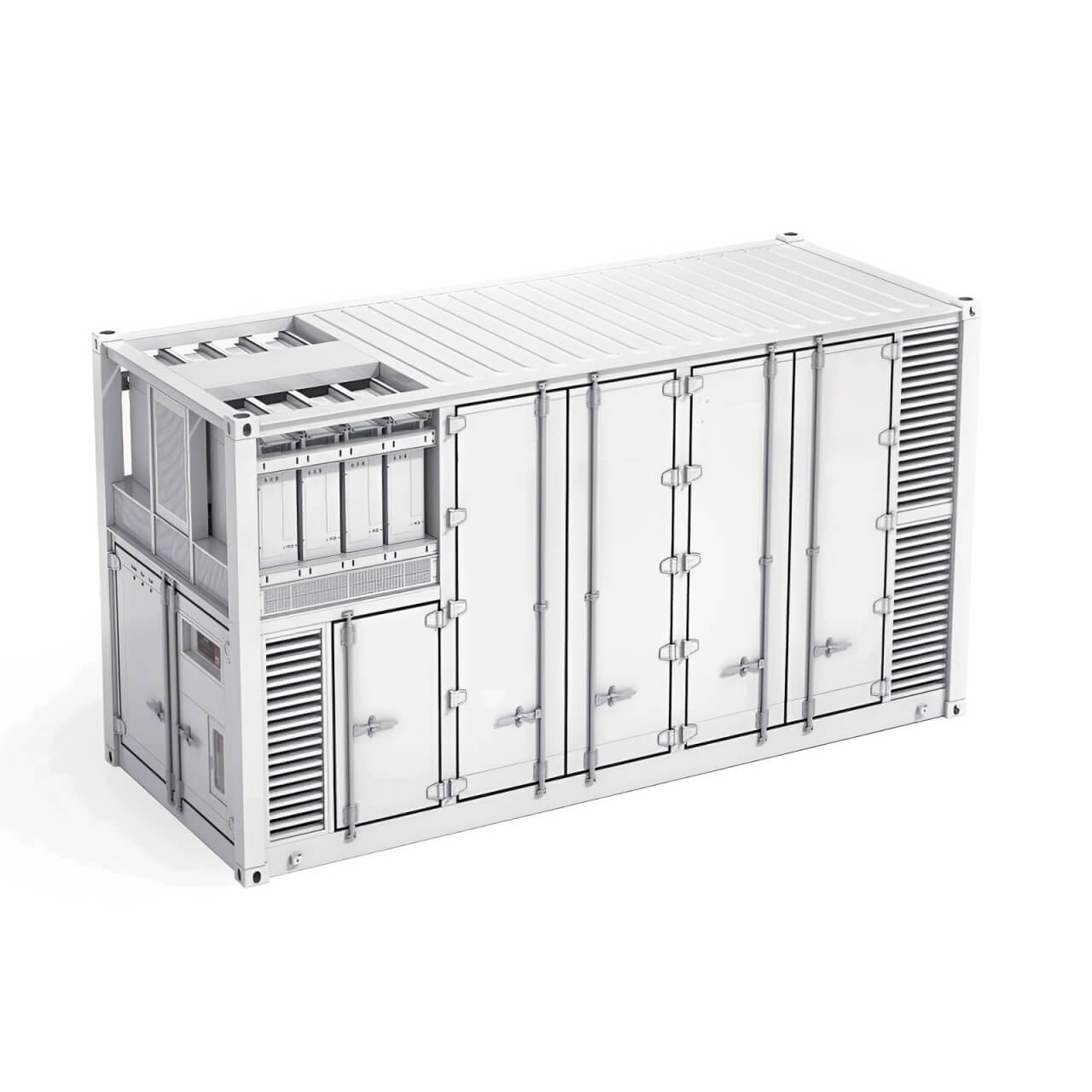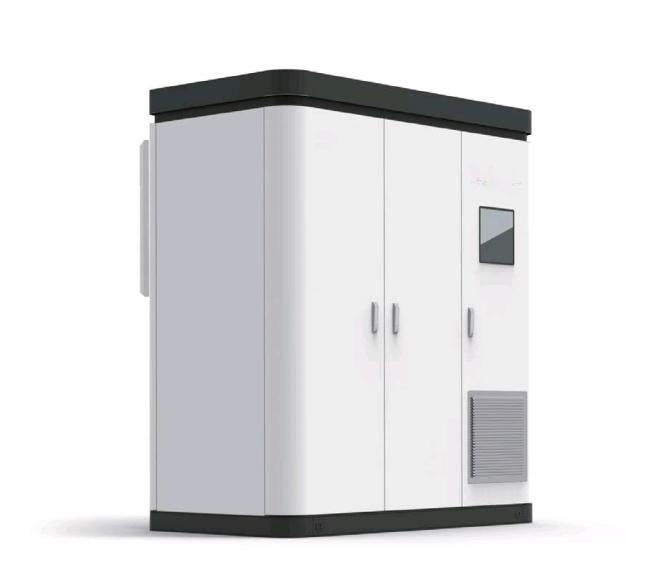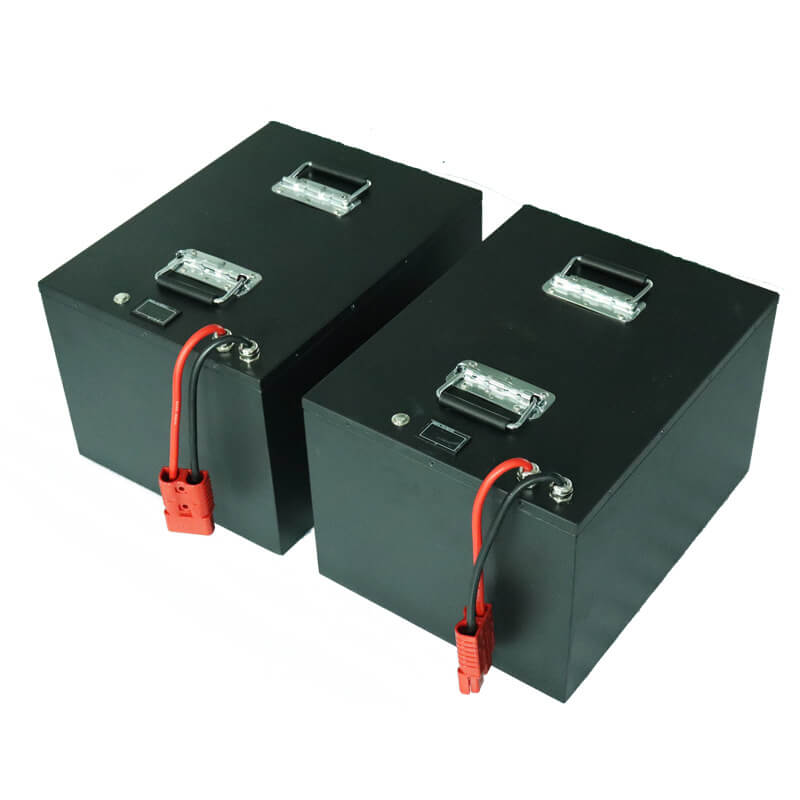What is the biggest problem with lithium batteries?
With the global transition to electric vehicles and renewable energy, lithium-ion batteries have become the preferred energy storage solution. Although lithium-ion batteries have excellent energy density and life, they still have a series of problems. These problems limit the further widespread application of lithium-ion batteries. CSIT lithium-ion batteries manufacturer will discuss in detail the main problems of lithium-ion batteries, including safety, charging time and cost, cycle life and sustainability, and analyze possible solutions to these problems.
I. Existing problems and solutions
1. Safety issues of lithium-ion batteries
The safety issue of lithium-ion batteries is one of the main factors limiting their application. Due to the high energy density between the positive and negative electrode materials, if a short circuit or overcharge occurs, a large amount of heat and gas will be generated inside the battery, which may cause combustion or even explosion. In addition, because lithium-ion batteries contain organic solvents and electrolytes, these solvents are easily decomposed at high temperatures, producing toxic gases, posing a threat to human health and the environment.
Solution: Improve the design and manufacturing process of the battery to reduce the risk of short circuits and overcharging. In addition, the development of new electrolyte materials and additives is also an important way to improve the safety of lithium-ion batteries.
2. Charging time and cost of lithium-ion batteries
The charging time and cost of lithium-ion batteries are also factors that limit their application. Although lithium-ion batteries charge slowly, they have high energy density and cycle life. If large-scale applications are to be achieved, the charging speed of lithium-ion batteries must be accelerated and the cost must be reduced.
Solutions: Adopt new fast charging technologies, increase production scale to reduce costs, and find more sustainable electrode materials.

3. Cycle life and sustainability of lithium-ion batteries
The cycle life and sustainability of lithium-ion batteries are two other factors that limit their application. Although lithium-ion batteries have a long cycle life, they still experience capacity decay and end of life, which leads to waste generation and environmental impact. At the same time, some materials used in lithium-ion batteries (such as cobalt and nickel) have resource scarcity and environmental impact issues.
Solutions: Improve the performance of electrode materials, develop new electrolyte materials, and improve battery recycling and processing technologies.
Although there are some problems with lithium-ion batteries that limit their further widespread application, these problems also provide important opportunities for the development of new battery technologies. By improving the design and manufacturing process of lithium-ion batteries, developing new electrode materials and electrolyte materials, and increasing production scale to reduce costs, the safety, charging time and cost, cycle life and sustainability issues of lithium-ion batteries can be addressed, thereby achieving their wider application in electric vehicles and renewable energy.

 简体中文
简体中文 Russian
Russian French
French German
German Japanese
Japanese Korean
Korean Arabic
Arabic Spanish
Spanish